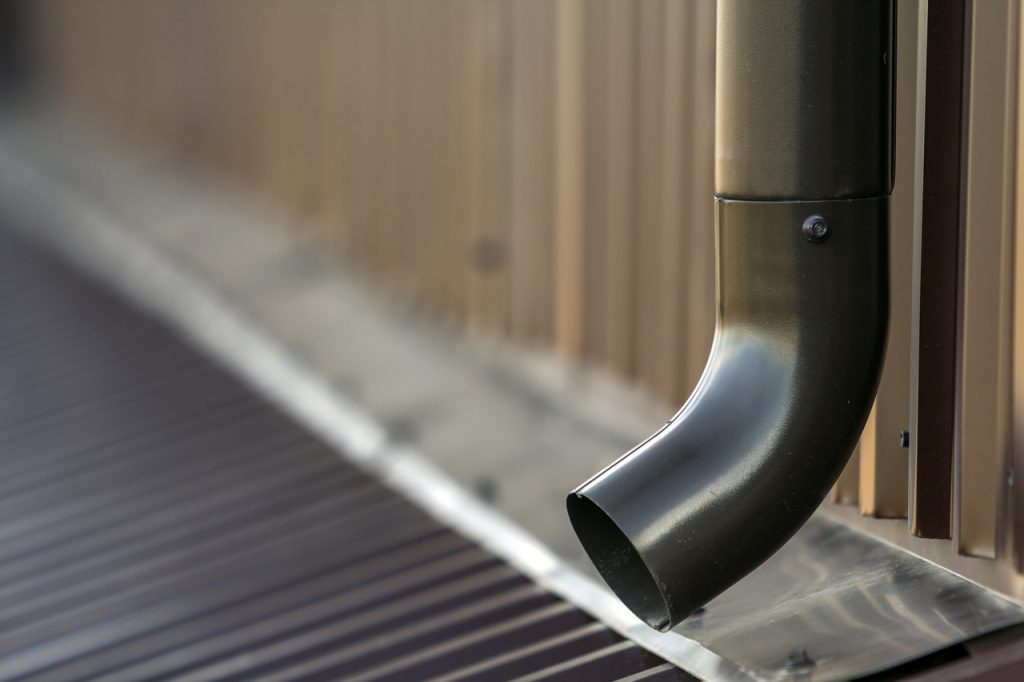Plastic gutter systems far outweigh metal ones in terms of popularity on the market. Lightweight, easy to install, and quite durable – they are often chosen for new homes. With a properly installed system, water is drained away and the facade looks beautiful for a long time. What to consider when buying PVC gutters?
The use of such systems does not differ from those made of metal. Draining rainwater from the roof and protecting the facade is their standard role.
PVC gutter systems are popularly chosen because of the numerous benefits they provide to users. The most important include

However, gutter systems made of PVC also have some weaknesses. These include in particular:
Aside from the aforementioned inferior solar durability, PVC gutters can generally compete with or outperform steel gutters without a problem. However, metal products are obviously more resistant to mechanical damage and weathering. It is assumed that currently their installation is justified in extremely difficult and adverse conditions. However, it is increasingly emphasized that PVC gutters are better able to cope with modern difficulties such as acid rain or salt spray in coastal areas
The most common shape of PVC gutters are semicircular. They are characterized by resistance to water load and low susceptibility to mechanical damage. In turn, semi-elliptical gutters are good for medium and large roofs. For small roofs choose trapezoidal and rectangular products
Not only the roughness of the material, but also the width and shape of the gutter have an impact on its performance. There are two types of profiles to choose from:
PVC gutter systems are still the cheapest on the market. We will pay slightly more for their counterparts made of steel, although most often the differences are not colossal
Payment for a gutter system is only part of the money that must be secured for equipping the house with guttering. The second major cost is the price of the gutter installation service, which is usually about 20-25 PLN per running meter of the system. In addition, we will have to pay extra for some minor accessories for installation (drains, gutters, connectors, etc.).
>> See also: Gable roof step by step